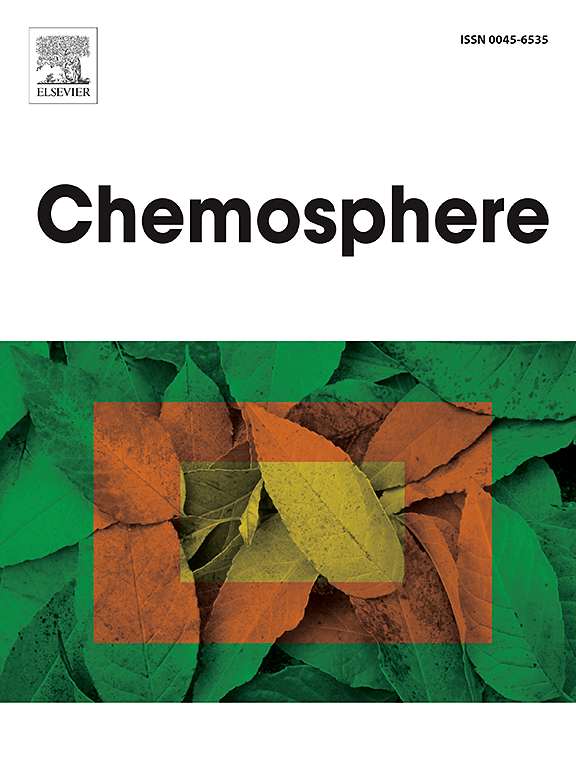Microplastics in rice-based farming systems and their connection to plastic waste management in the Chicoral district of Espinal-Tolima
IF 8.1
2区 环境科学与生态学
Q1 ENVIRONMENTAL SCIENCES
引用次数: 0
Abstract
The presence of microplastics (MPs) in agricultural soils is a growing concern, especially in rice cultivation systems, where information is limited, particularly in Latin America. Given the economic importance of this crop in Colombia and the generation of plastic waste from some associated practices, it is crucial to determine the presence of MPs related to agricultural activities in soils dedicated to this activity. This study evaluated the presence of MPs in soils and irrigation water of rice crops in Chicoral, Tolima, Colombia, during two contrasting seasons. Soil samples from seven plots (upper, middle, and lower zones) and water samples from seven points along the irrigation canal were collected. MPs were found in all samples, with similar concentrations in water samples collected in the rainy and dry seasons (0.11 ± 0.10 vs. 0.10 ± 0.06 items/m3, respectively), and higher abundance in soil samples during the rainy season (4 ± 2.71 vs 3.62 ± 1.92 items/50 g). Fragments and fibers were the most abundant forms of plastics (53 % water, 55 % soil), predominantly larger than 100 μm and blue in color. Polypropylene (PP) was the most abundant polymer (50 %) in the meso- and macroplastic samples. Our results suggested that MPs contamination in rice crop soils at Chicoral is influenced by irrigation water transport and improper plastic waste management, highlighting the need for further research on their effects on agricultural systems.

求助全文
约1分钟内获得全文
求助全文
来源期刊

Chemosphere
环境科学-环境科学
CiteScore
15.80
自引率
8.00%
发文量
4975
审稿时长
3.4 months
期刊介绍:
Chemosphere, being an international multidisciplinary journal, is dedicated to publishing original communications and review articles on chemicals in the environment. The scope covers a wide range of topics, including the identification, quantification, behavior, fate, toxicology, treatment, and remediation of chemicals in the bio-, hydro-, litho-, and atmosphere, ensuring the broad dissemination of research in this field.
 求助内容:
求助内容: 应助结果提醒方式:
应助结果提醒方式:


